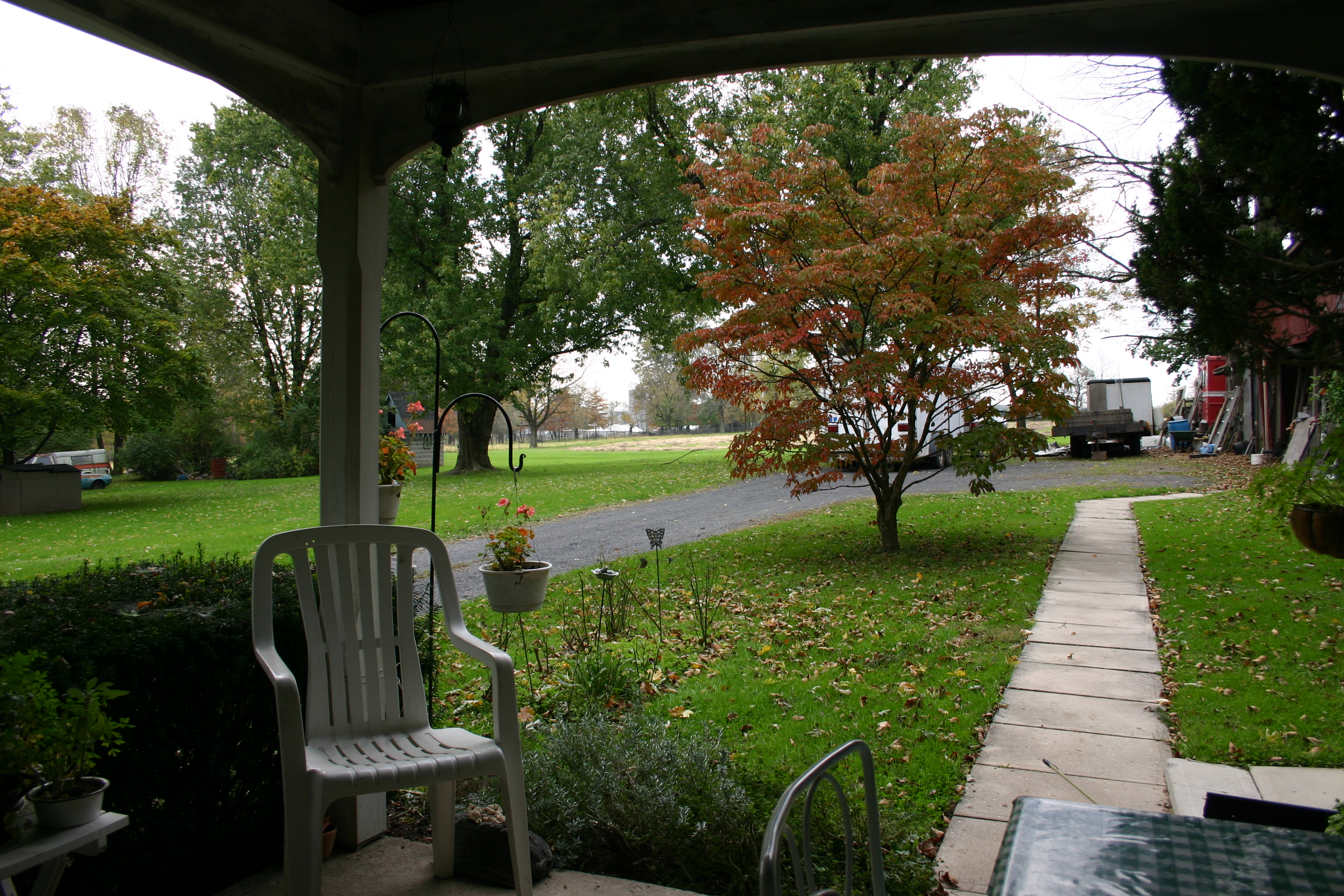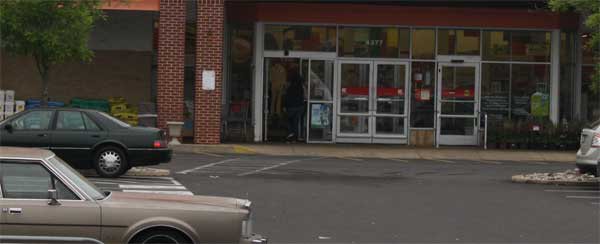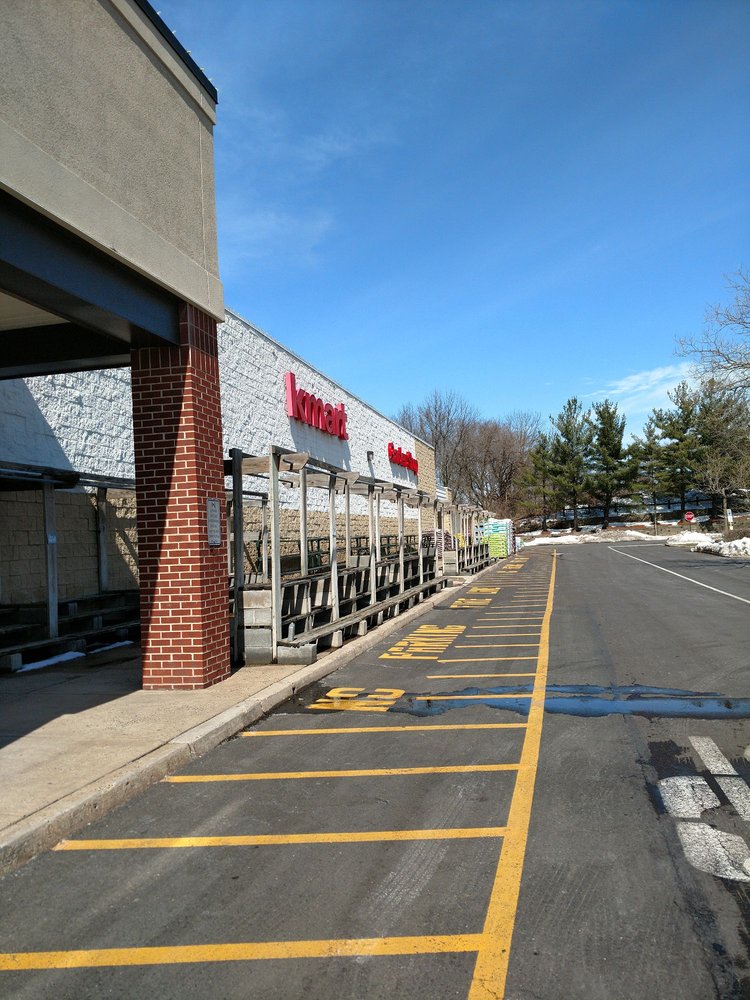It was late October. I found myself alone in a distant town, somewhere near the northeast part of the country. My twenty years in America had been interesting. Unfortunately, the manifestation of the American dream was not a reality for me. I had a graduate degree, but no opportunities. There were very few available positions for someone with little to no experience. In fact, my situation was worse. In order to graduate, I sacrificed too much. My family pushed too much. I overworked and overextended myself, which resulted in some rather nasty symptoms. I couldn’t eat, I couldn’t sleep, and as a result, I was only a shadow of my former jubilant self. To add insult to injury, due to my political opinions at the time, my father kicked me out of the house as well.
In order to escape insomnia, burnout from school, and a detrimental family environment, I went to live on a farm in Doylestown Pennsylvania. I worked for the local Kmart store during the Christmas retail season when shopper traffic was highest. The position paid nine dollars and twenty five cents an hour. I worked as an Utilities and Receiving associate. The hiring manager was Mary Ann.

I was jolted awake at 7:45am by my alarm. I plodded to the bathroom, brushed my teeth, washed my face, and returned to my makeshift room. As I put on my usual work khakis and a hooded sweatshirt, I noticed that my insomnia had improved. With ever growing confidence, I went downstairs and was ready to tackle the day. Sonnet greeted me with a wagging tail. I scratched his broad furry head and opened the front door. The sun’s warm rays greeted me, and I took a second to admire the acres of farmland. It was a Tuesday, so my landlord had left before the break of dawn. Mr Detweiler sold farm cleaning equipment and traveled the nearby counties to deliver them. His wife Mrs Detweiler worked at the local Deli. I walked down Main Rd steadily. Every now and then, a car zoomed by.

I started work by clocking in before 9am. We were to report to Receivings, which was an area designated for receiving stock. It was located in the back of the store. The Receivings’ Manager was a guy named Doug. He was in his fifties, came from Jamaica, and was divorced. He had very strong paternal presence and all the employees liked him. He understood the bureaucracy of Kmart’s retail environment and did his best to accommodate those around him. What I remembered most was his tiredness from life. He lost a lot of himself in his divorce, and just wanted to earn some money. I remember him chatting about getting a Driver B license so he could drive dump trucks and earn sixty grand a year. Obviously his current managerial position at Kmart did not look promising.
Doug would open this garage door every morning at eight thirty and there’d be a truck container filled to the brim with boxes. The boxes contained dog food, seasonal items, bathroom products, stationery, games, and all kinds of retail junk. We would pull out a conveyor belt, which was like a steel snake with wheels for scales. The head would go into the truck, while the tail stays on the warehouse floor. The boxes would roll down the snake’s spine and slither from the truck and onto the warehouse floor. The obvious benefit was that we could unload the truck in the shortest time possible.

Each box weighed anywhere from five to fifty pounds, and ranged from stationary to cat litter. One or two guys in the truck container would get a box and push it down the conveyor belt. Once a box traveled down the conveyor belt and onto the warehouse floor, a few guys would put them on their respective pallets. When a pallet was full, we’d shrink wrap them and pull them out onto the sales floor for the sales associates to unbox and organize onto the shelves. This process went from nine am to twelve pm. We had to finish the whole truck every morning. Since the truck was docked and waiting for us to unload, the trucking company charged Kmart money for that time. So we had to hurry up. Once the truck was empty, we had an hour lunch.
I reached into my pocket and scrounged just enough to buy a two item lunch combo from the restaurant next door. It was $11.95. Lunch was about 20% of our daily wage. But I were ravenous due to hours of hard morning labor. I stepped out from the furnace that was Kmart and walked down to the Chinese restaurant. I wolfed down my two item combo and coiled belly up on a bench for some much needed rest.
After lunch, my job was to collect shopping carts. I would push one cart inside another so they were attached. After eight or nine carts, I had a shopping cart serpent. Then I’d charm it into the store entrance by lifting its tail and weaving it left and right.

All in all, it was grueling work. I was on my feet doing manual labor for eight hours straight, with only an hour lunch in between, and another 15 minute break in the afternoon.
Now, for the kind of mental conflict I was in, these blue collar service positions were therapeutic because I got to clear my mind. I had the opportunity to wipe away past painful memories, get exercise, and resolve my insomnia. But for the guy who wanted to get ahead in life, it didn’t make sense because you could hardly feed yourself. I worked about seven point seven hours a day. This way, I did not go over forty hours per week. In the US, if an employee worked over 40 hours, this meant full time, and Kmart will have to pay all sorts of benefits. As long as I worked below forty hours, we were part time, and Kmart could save a lot of money by only paying hourly wages. The hourly wage was $9.25 so this meant $71.23 a day. Tax for our bracket was 18%, so I literally took home $1424 every month. No raise. No promotion. I was just a muscle peon that worked during the holidays where retail traffic was at its highest.
After January, the holiday season ended and Kmart fired the new hires by bringing their weekly hours down to ten. That meant the employee will work two hours a day, which amounts to a few hundred dollars a month. With that kind of money, they’re living in poverty.
I soon quit Kmart, and then went to Lowe’s, and finally to Target. The work was all the same. Very blue collar. Very physical. The thing that mattered most was how many hours I got.

Lowe’s was okay, but Target was better. Out of all the retail places I’ve worked, Target treated me the best. I did Planogram, which was a position that started at six thirty in the morning. It was also grueling work because I had to make sure the shelves, theme, price tags, and items were all stocked and put exactly the way it was on their planograms. The positive was that they gave me thirty eight hours a week year round, so I had consistent income.
Retail positions in the US go unfulfilled because they have no future, no promotions, and they require the applicant to literally slave away for a paycheck that barely covers life expenses. The available group of workers that apply do not have higher education, have medical issues, do drugs, or simply cannot show up every morning. The retail companies know this, and would cold-bloodedly enslave them. They dangle hours according to sales traffic, and meticulously steer clear of employee benefits. The cost performance of such positions is only high for the company. The more aware and abled applicants will eventually know this, and leave for better opportunities. Such is life for the lower middle class working retail in these United States.
